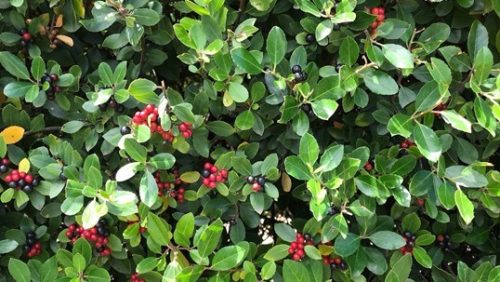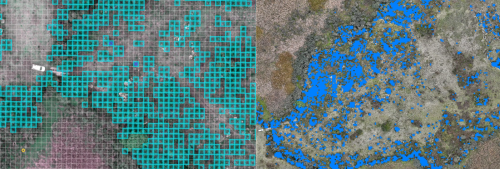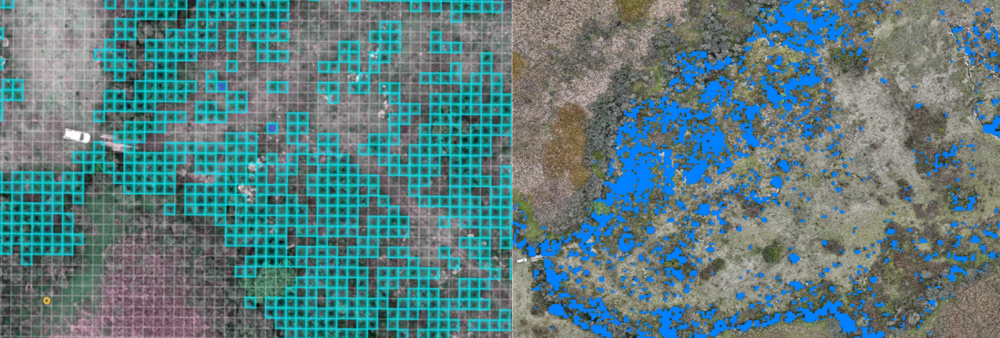This trial aimed to explore how drone imagery could be used to identify and map various introduced weed species in a diverse native environment. The goal was to find the best way to collect data that balances both time and accuracy. The collected data would then be used to program a drone to spray targeted areas with herbicide to control identified target weeds.

Invasive species & Prescriptive Control using AI detection & Drones Case Study
Brief:
Our client, Glenelg Hopkins CMA, was focused on controlling the invasive species Italian Buckthorn (Rhamnus alaternus), which has significantly impacted and spread along the southeastern coastline of Australia. They have been working with Australis Biological, specialist vegetation management contractors, to determine the most effective chemicals and rates to aerially control this invasive plant.
However, much of the infested area was hard to reach on foot, and the Italian Buckthorn was difficult to identify from a distance because it looked similar to native plants that were also vulnerable to the chemical. GHCMA needed a way to accurately map Italian Buckthorn in these complex environments and apply the chemical without physically entering the area or endangering the surrounding native vegetation.
Solution:

AUAV used a DJI Mavic 3 multispectral drone to capture data in various light spectrums, including RGB, NIR, Red edge, Green, and Blue. AUAV started by taking detailed ground photos of both the target species (Italian Buckthorn) and similar-looking non-target species. This data helped isolate the specific light spectrum where the Italian Buckthorn was most distinguishable from other plants. Next, AUAV collected multiple sets of data with different Ground Sampling Densities (GSD). These datasets were then analysed using different processing approaches, producing up to 10 sets of results with varying levels of success. The results were compared to find the most cost-effective and accurate method. Finally, AUAV converted this data into a Prescriptive Spray Flight plan for the DJI AGRIS T50, a drone designed for precise spraying in areas that are hard to access. or in areas that are hard to traverse.
Challenges:
• Entering the environment on foot posed safety risks to both personnel and the environment.
• Modifying the cameras to capture the optimal data type was challenging due to potential equipment damage and availability issues.
• There was little to no reference material available for AI detection and classification of this species in such environments.
Outcome:
AUAV successfully detected 97% of Italian Buckthorn, 85% of slashed juvenile Gorse, and 100% of the Cape Wattle. The trial allowed AUAV to develop a capture methodology that is both accurate and efficient, reducing costs for GHCMA’s control program. As a result, GHCMA can now control Italian Buckthorn and other key target weed species in difficult to access areas more cost-effectively, allowing for more extensive monitoring and control efforts within the budget.


